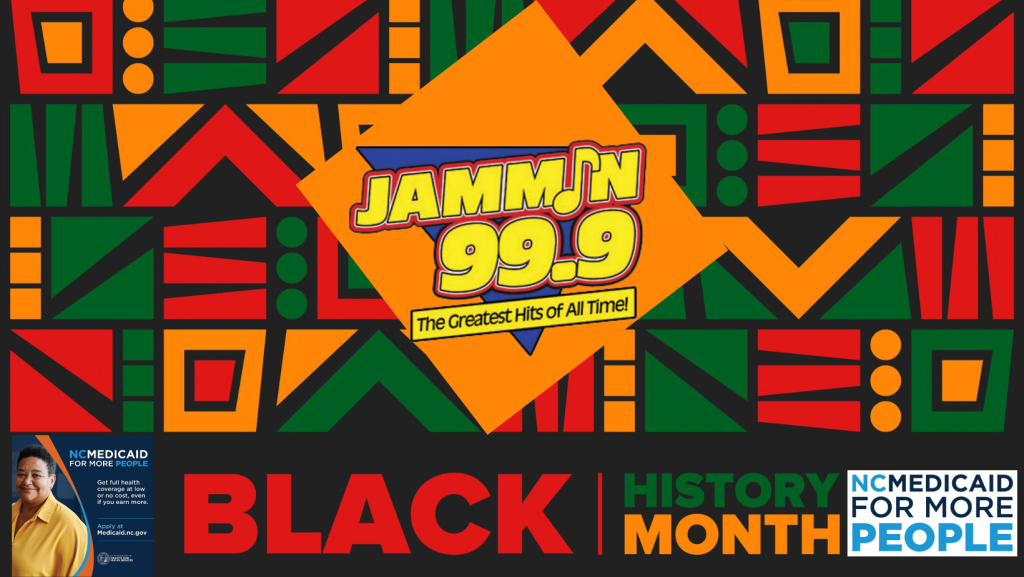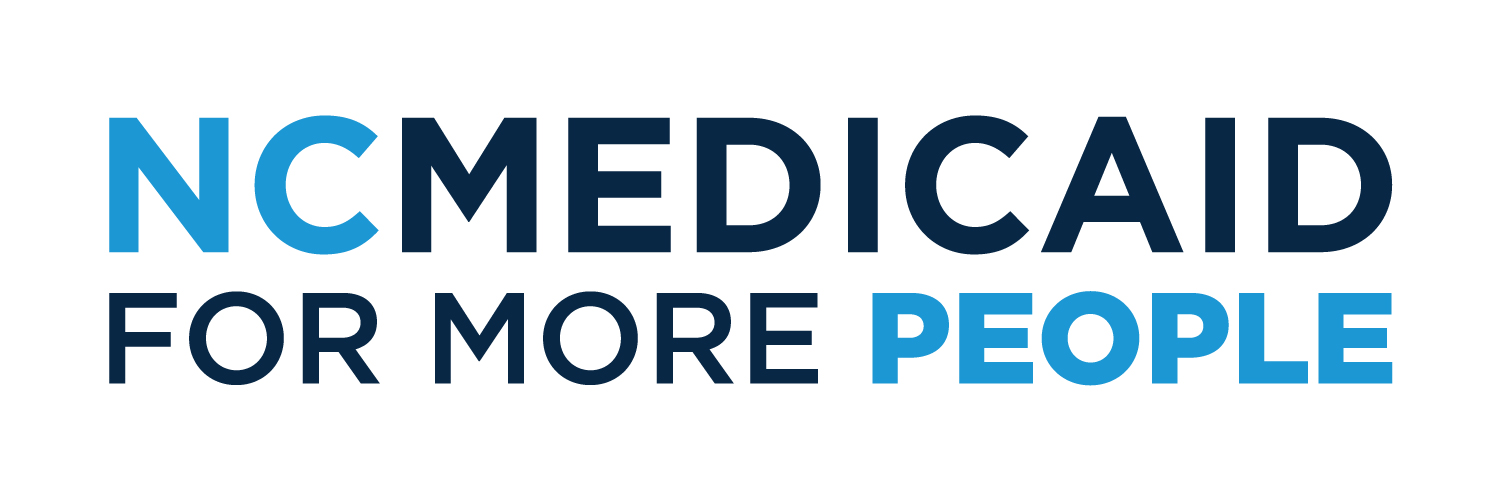

Jammin 99.9 Celebrates Black History Month With These Prominent Figures, Dates and Happenings From American History:
- The story of Black History Month begins in 1915, half a century after the Thirteenth Amendment abolished slavery in the United States. That September, the Harvard-trained historian Carter G. Woodson and the prominent minister Jesse E. Moorland founded the Association for the Study of Negro Life and History, an organization dedicated to researching and promoting achievements by Black Americans and other peoples of African descent.
- Althea Gibson In 1956, Althea was the first Black tennis player to win a Grand Slam title. She was also an accomplished golfer.
- Billie Holiday Billie is one of the most well-known jazz vocalists in history, and her vocal style has influenced and inspired many.
- Ruby Bridges At 6, Ruby was the first Black student to attend an all-white US school. She continues to be an activist through her Ruby Bridges Foundation.
- Thurgood Marshall Thurgood was the first Black justice on the US Supreme Court. He was the chief attorney for the plaintiffs on Brown vs. Board of Education.
- Simone Biles Simone is the most decorated American gymnast and third most decorated gymnast in the world.
- William Wells Brown First African American to Publish a Novel. His novel, Clotel, or, the President’s Daughter (1853) is a fictionalized account of the lives and struggles of Thomas Jefferson’s black daughters and granddaughters.
- Guion S. Bluford First African American to Travel in Space In 1983 as a mission specialist aboard the space shuttle Challenger,
- Ralph Bunche First African American to Win Nobel Peace Prize… After negotiating the 1949 Armistice Agreements between Israel and four Arab states, in 1950
- Shirley Chisholm First African American U.S. Congresswoman. Elected in 1968 to represent New York State, Chisholm served for seven terms in the U.S. House of Representatives
- Ella Fitzgerald First African American to Win a Grammy Award. At the very first Grammy Awards in 1958, Ella Fitzgerald was presented with her first two Grammys:
- Mae Jemison First African American Woman in Space. On Sept. 12, 1992, aboard the space shuttle Endeavor, Mae Jemison and six other astronauts completed 126 orbits around the Earth.
- Hattie McDaniel First African American Academy Award Winner. In 1940, at the 12th Academy Awards, the Oscar for Actress in a Supporting Role was presented to Hattie McDaniel for her role as Mammy in Gone With the Wind.
- Hiram Revels First African American Senator Selected by the Mississippi State Congress in 1870 to fill a vacant seat in the U.S. Senate, opponents of Revels claimed he was ineligible because he wasn’t a U.S. citizen.
- Georgia Ann Robinson First African American Woman Police Officer, LAPD. In 1916, with a staff shortage due to men fighting in World War I, Robinson was recruited by the Los Angeles Police Department first as a volunteer and then three years later, at age 40, as a full-time police officer.
- Bill Russell First African American Coach in Pro Sports. In 1966, Bill Russell became the first African American coach in North American professional sports when he took over from Red Auerbach to coach the Boston Celtics.
- Moses Fleetwood “Fleet” Walker First African American to Play Major League Baseball. In 1884, more than a half-century before Jackie Robinson entered Major League Baseball, “Fleet” made his major league debut as a catcher with the Toldeo Blue Stockings of the American Association.
- Phillis Wheatley First African-American to Publish a Book of Poetry. Seized from Senegal/Gambia, West Africa, when she was about seven years old, Phillis Wheatley was purchased to be a domestic by the wife of a prominent Boston tailor in August 1761.
- Sadie Tanner Mossell Alexander Alexander was the first Black woman to receive a Ph.D. in economics in the United States, the first Black woman student to graduate with a law degree from Penn Law School
- Maya Angelou Angelou was an American poet, singer, memoirist, and civil rights activist with a colorful and troubling past highlighted in her most famous autobiography, “I Know Why The Caged Bird Sings”.
- Kobe Bryant Bryant won five titles as one of the marquee players in the Los Angeles Lakers franchise. He was a member of the gold medal-winning U.S. men’s basketball teams at the 2008 Beijing Olympic Games and the 2012 London Olympic Games.
- Medgar Evers Evers was an American civil rights activist in Mississippi, the state’s field secretary for the NAACP, and a World War II veteran serving in the United States Army.
- Mary Fields Known as “Stagecoach Mary”, Fields was the first African-American to work for the U.S. postal service. Born a slave, she was freed when slavery was outlawed in 1865. At age 63, Fields was hired as a mail carrier because she was the fastest applicant to hitch a team of six horses.
- Francis Harper Born free in Baltimore, Harper was an abolitionist, suffragist, poet, teacher, public speaker, and writer. She helped slaves make their way along the Underground Railroad to Canada. In 1894, she co-founded the National Associated of Colored Women
- Zora Neale Hurston Hurston became an American author, anthropologist, and filmmaker but as a child she was unable to attend school after her father stopped paying her school fees.
- Big Mama Thornton Thornton is best known for her gutsy 1952 R&B recording of “Hound Dog,” later covered by Elvis Presley, and her original song “Ball and Chain,” made famous by Janis Joplin.
- Denmark Vesey Vesey was born a slave but won a lottery which allowed him to purchase his freedom. Unable to buy his wife and children their freedom, he became active in the church.
- Muddy Waters An American blues singer-songwriter and musician who is often lauded as the “father of modern Chicago blues”
